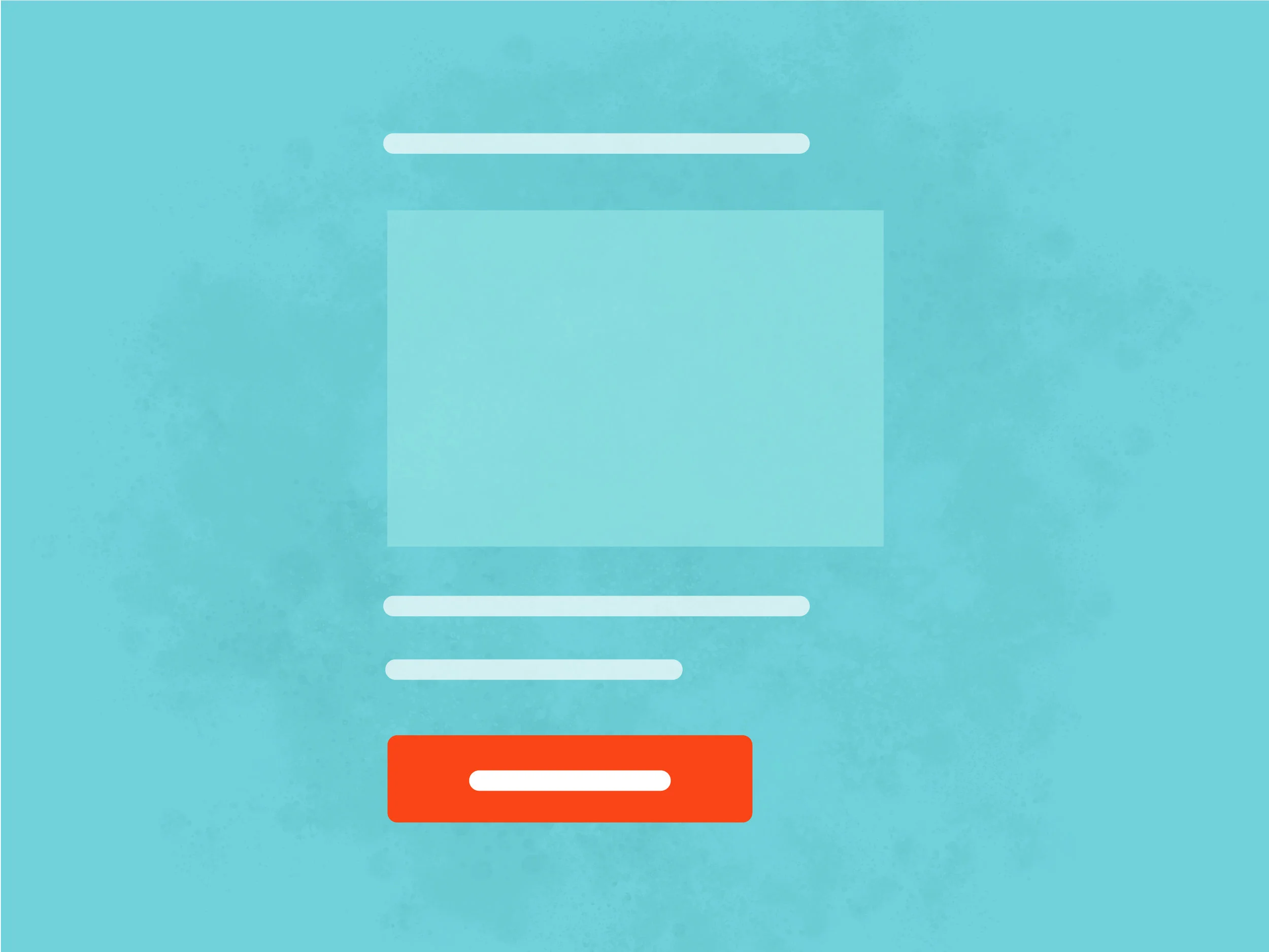Don’t Be Cute: Write an Effective Call to Action
Here’s the thing about a call to action—it is a call to action. It’s sole purpose is to continue the conversation with eh customer or prospect on your website. You want them to click and move forward.
So it’s very important to Voice+Code’s mantra when writing an effective call to action: Customer’s don’t separate the real world from the digital world.
Imagine ending an important sales presentation with “call me if you are interested.” Would you close the sale? Probably not unless you were giving something away for free. Instead, if you were a savvy businessperson, you would clearly outline a next step and where it will lead.
The same is true about a call to action on your website. Our research clearly shows that people avoid clicking on a call to action or fail to take the next step for three main reasons:
Ambiguity. People want a call to action to be specific. If they don’t have some idea of where it will lead them, they tend to move on. Users move around a website with a goal in mind, following the “information scent” (a term coined by Xerox PARC researchers). At a fork in the road, users will follow the path that seems most likely to lead them to their desired outcome. Users are surprisingly stubborn in avoiding paths that have poor information scent—even if they happen to be the correct path. Ambiguous calls to action are often to blame. Bad examples are: Learn More, Get Moving, or Make It Happen. Good examples are: Start My Free Trial Today, Learn About My Results, or Get My Customized Report. Each of these good calls to action is clear, action-oriented, and provides a benefit.
Broken promises. People expect to take direct action from a call to action. You want them to quickly be able to do something. If they are routed to a long form, an irrelevant page, or vague promise, they will not take action or be happy with their user experience. Recently, a usability study participant referred to a call to action that took her to a page she wasn’t expecting as “a broken promise.” Don’t let your website be full of broken promises.
Lack of context. What’s around your call to action is often as important as the call to action itself. If your call to action leads to a contact form, placing the call to action directly below the page heading is assuming users will take the next step before they even get to the content underneath. On the other hand, users often quickly scan a page, missing important pieces of content and instead rely on the visually-prominent call to action to tell them what to do next. A poor call to action doesn’t give them enough information to move forward.
So can you be clever in a call to action? Actually, we recommend you go easy on the cleverness and marketing jargon. Clarity and simplicity framed specifically for the users’ benefit will win you way more customers than a clever line.

